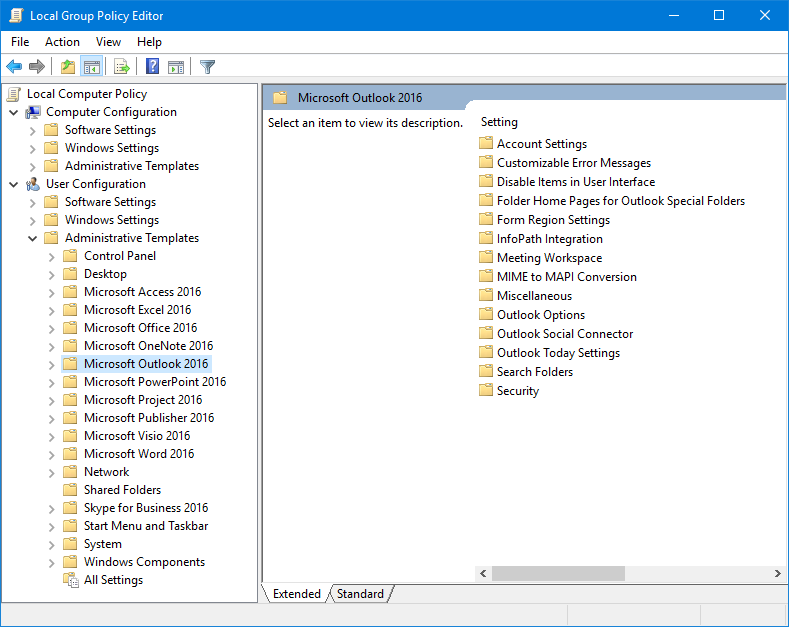

Inside ADM and ADMX Templates for Group. Inside ADM and ADMX Templates for Group Policy. The Avgn Dvd Complete Pack. The ADM files for Office 2003 or Office 2007 located on.
Office 2007 customized deployment walkthrough- In this walkthrough we will create a custom Office 2007 source. We will customize our Office 2007 installation via the config.xml and the Office Customization wizard. Become familiar with the following acronyms, as they will be used throughout this walkthrough. OCT = Office Customization Tool RTM = Original retail release (Release to Manufacturing) GPO = Group Policy Object VL = Volume License SP = Service Pack There are a few important things to know/complete before we begin. The RTM version of the OCT has been updated. There is an updated version of the OCT that should be downloaded here: 2007 Office system (SP2) Administrative Template files (ADM, ADMX, ADML) and Office Customization Tool (AdminTemplates.exe) This download contains a couple useful items: The Office GPO ADMs and ADMX files The updated OCT tool files An XLSX spreadsheet that contains all of the settings that can be manipulated via the office GPOS and the “modify user settings” section of the OCT. *I use this searchable file all the time.
It is nice to be able to search for a setting, see what registry keys each setting manipulates to take effect, and also the hierarchy of the settings as you will see them in the OCT and in the GPO. * -Note- The Outlook ADM settings are missing in the Sp2 xls spreadsheet. An update is expected. When you run AdminTemplates.exe you will be prompted for a location to extract the contents. Extract them to a location that is handy. In order to update the OCT tool, copy the admin folder from your handy location, and overwrite the admin folder that is in your local Office 2007 source. *Naturally if your Office source is on a CD this will fail.
Copy the Office 2007 source to a local folder or network share first* After replacing the admin folder, the next time you run the OCT, it will be version Sp2 of the OCT. - What if you already have an MSP that you had created in the previous version? If you already have a custom.msp that you had created in the RTM version of the OCT, I would recommend that you create a brand new MSP with the new OCT, and manually recreate the settings from your original. The reason why you should do it this way rather than just resaving your old.msp with the new OCT, is because there are a couple syntax issues in the RTM version that will give you the opposite results of what you expect in the newer version. Example: In the RTM version of the OCT you might set the following item to enabled: Now if you install version Sp2 of the OCT and simply resave your msp, look at how this option is now worded. So if you previously had this setting set to enabled (to disable cached exchange mode in new profiles) in the RTM version it wasn’t working because there was a syntax error (maybe you didn’t know it though) and now that you open and resave with Sp2 OCT the option is USE Cached exchange mode. If you didn’t know to check, it will still be enabled, and now it will be working correctly (in that it will enable cached exchange mode),but that won’t be what you want.